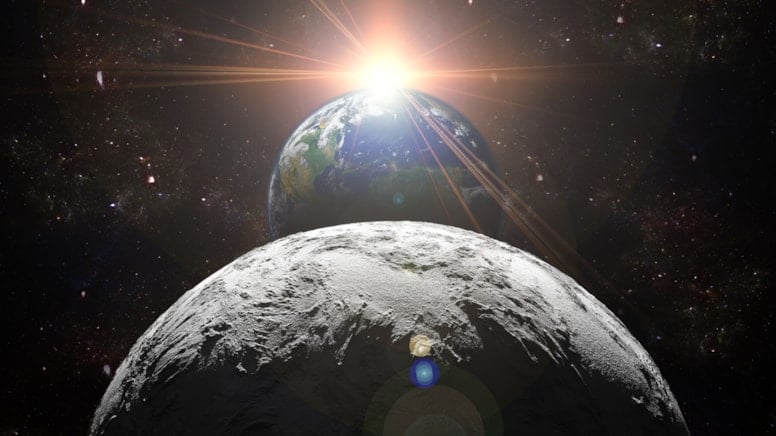Scientists study soil samples brought back from the Moon
Chinese scientists have used soil samples brought back from the Moon 
Scientists analyzing soil samples collected by China's Chang'i-5 rover have developed a new theory of early crustal formation that points to a continuation of the two-phase lunar crust formation theory, Xinhua reported.
A team of scientists led by Vang Shuiciong from the Chinese University of Earth Sciences in Beijing, in their study of lunar surface regolith samples brought back by the Chang'i-5 rover, discovered a melt in the anorthosite fragment that resembles rocks called "magnesian-suite" because it contains more magnesium and iron.
The team noted that this discovery provides direct evidence that the lunar anorthosite and magma, the main source of magnesium-iron-containing rocks, formed at the same time.
Geochemical and thermodynamic calculations on this melt showed that the main magma of the fragment came from the Moon's upper mantle and that early crust formation was an ongoing process. The researchers said that during the cooling process of the magma ocean, gravitational instabilities triggered small-scale subduction motions in the upper mantle, followed by depressurization caused by large-scale mantle movements that melted the lower mantle.
According to the study, localized small-scale upper mantle melting caused by subduction motions played an important role in the formation of the Moon's primordial crust and its secondary re-formation.
The classical magma ocean model proposes that during the cooling of the magma ocean, the primordial lunar crust formed in the first stage as plagioclase (a mineral found in magma rocks) floated together, while in the second stage, mantle inversion and melting produced magnesium-iron-containing rocks and the lunar crust formed again.
Previous studies on lunar anorthosite and "magnesian-suite" rocks, which are rocks composed mainly of plagioclase, indicated that they occurred at almost the same time and that the formation of the "primordial and secondary" lunar crust could be an ongoing process, but the mechanism that enables it has not yet been solved.














































